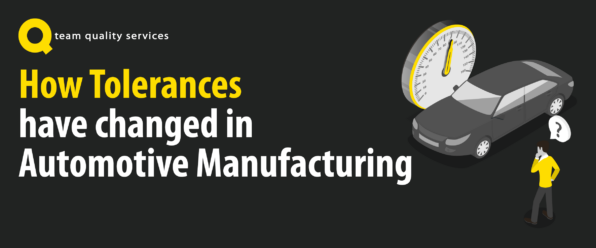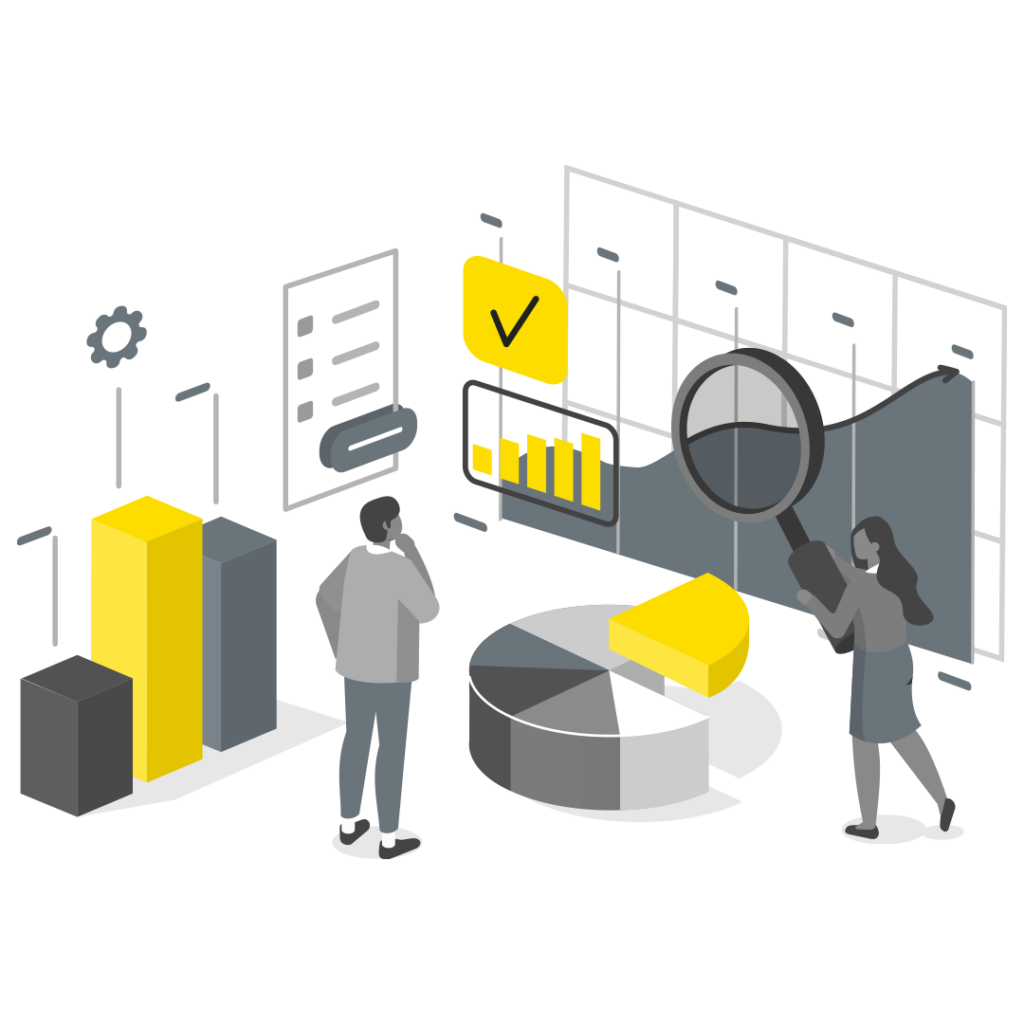Key Takeaways
- Automotive engineering has witnessed a remarkable evolution in the precision demanded across various components.
- Tolerances in critical parts have undergone significant changes over time, driven by technological advancements and industry demands.
- As tolerances shrink, the need for robust quality support coverage becomes increasingly critical to uphold stringent standards.
Engine Valves:
- Past: Valve tolerances were relatively broader, with clearance allowances in the range of 0.010 to 0.015 inches.
- Present: Technological advancements and the pursuit of higher engine efficiency have led to tighter valve tolerances, often ranging from 0.004 to 0.008 inches. This reduction enhances combustion efficiency and overall engine performance.
Transmission Gears:
- Past: Transmission gears in older models might have featured tooth clearances in the range of 0.005 to 0.010 inches.
- Present: Advancements in materials and manufacturing techniques have enabled the tightening of gear tolerances to approximately 0.002 to 0.005 inches. This evolution contributes to smoother gear shifts and increased transmission efficiency.
Fuel Injector Nozzles:
- Past: Fuel injector nozzle tolerances were traditionally broader, with spray cone angles varying widely.
- Present: Modern fuel injector nozzles exhibit much tighter tolerances, specifying spray cone angles within a narrow range, often less than 1 degree. This precision enhances fuel atomization, promoting efficient combustion and lower emissions.








